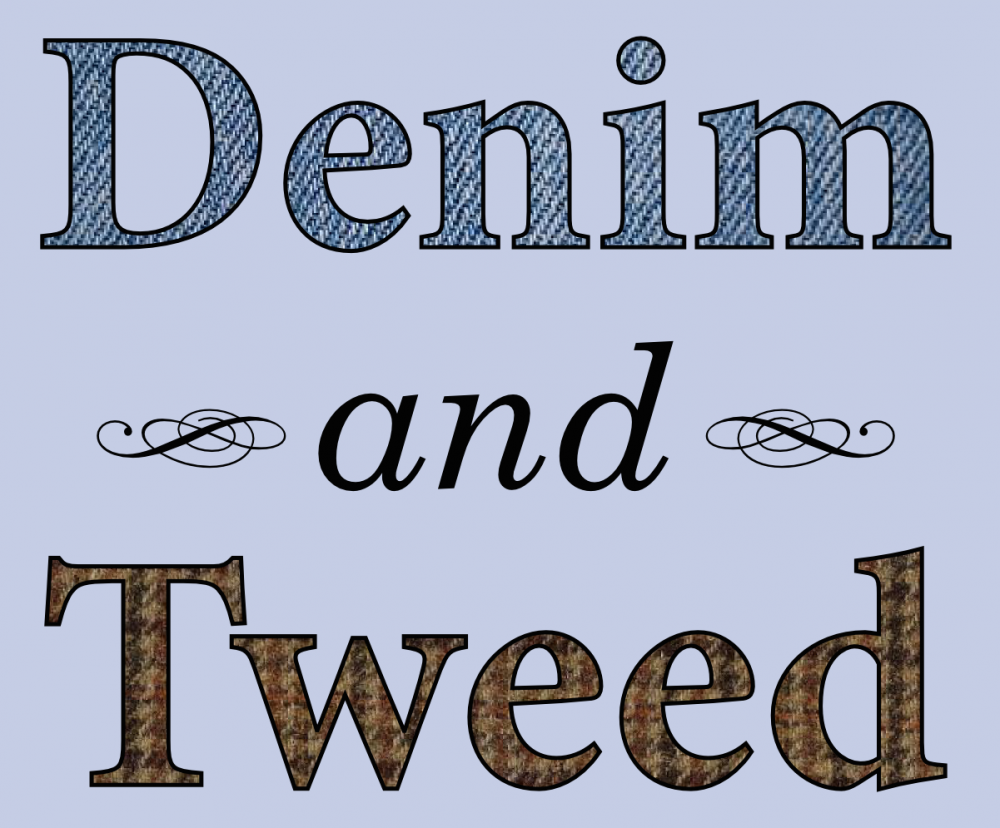 Photo by mjsmith01.
Photo by mjsmith01.- This week, at The Molecular Ecologist: I reviewed Craig Venter’s new book.
- And, at Nothing in Biology Makes Sense! Stressful conditions make mutualism stronger.
- Now available for free. An award-winning report on fracking.
- The “gore king.” A new species of tyrannosaur sounds like a character in “Game of Thrones.”
- In, of all places, the abortion debate. How Nazi-era anatomy work haunts us to this day.
- Listen up! Oyster larvae identify good places to put down roots based on sound.
- Too good to be true is still too good to be true. In this case, meaning $10,000 college degrees.
- Dammit, Jim, I’m a doctor, not a venture capitalist. A new X-prize seeks prototypes for a medical tricorder.
- Depends what you mean by “life.” Is there life after graduate school?
- Love everlasting. The oldest-known fossils of insects in copula.
◼








